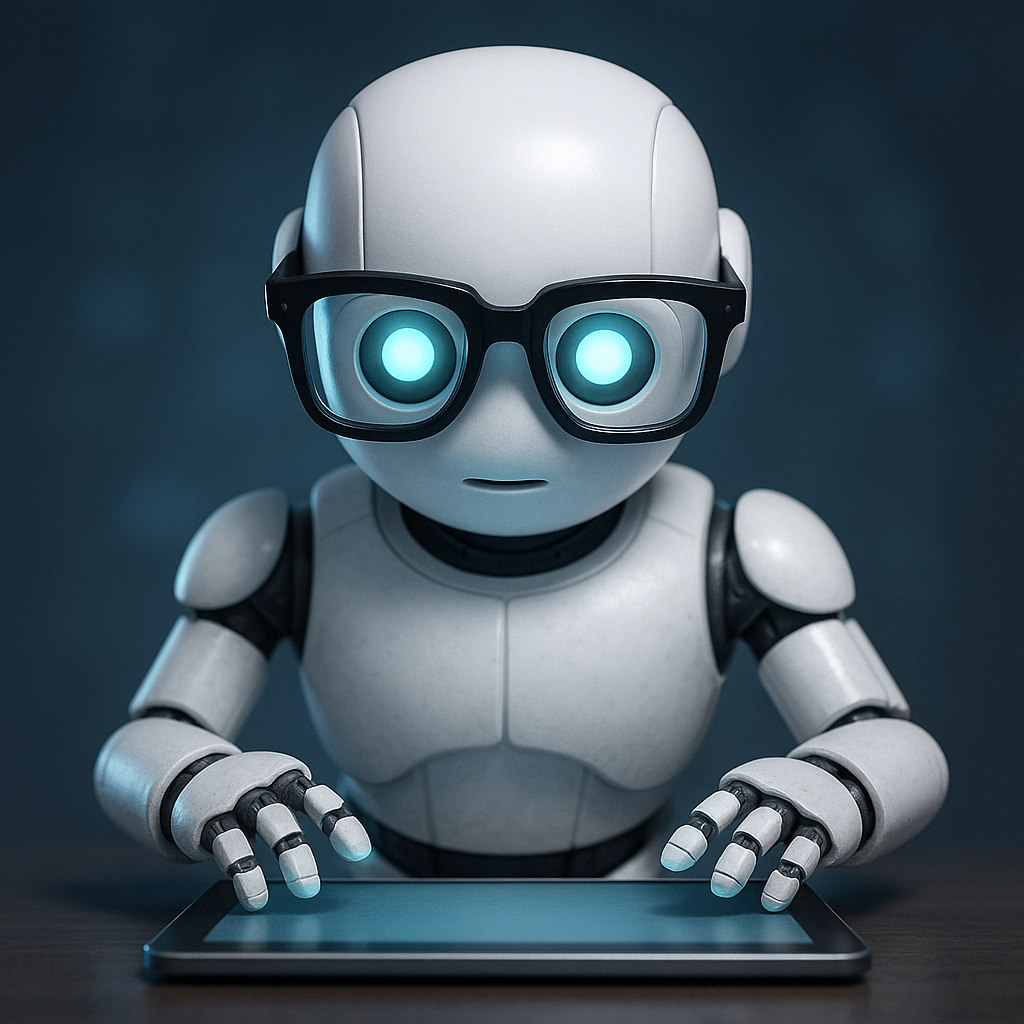
I watched a creative director last week generate twelve different product shots for a client presentation while sipping his morning coffee. Each image looked professionally lit, expertly composed, and ready for a campaign. The entire process took less time than it would have taken me to send the brief to a photographer.
This is the new reality of advertising, and it’s equal parts exhilarating and terrifying.
When everything changes, nothing changes
The promises sound familiar because we’ve heard them before. AI will democratise creativity. Small businesses will compete with global brands. Production costs will plummet while quality soars. Every marketing revolution promises the same liberation, yet here we are again, watching an industry transform overnight. At the same time, we scramble to understand what it means for the humans who built it.
But this time feels different. When platforms like FloraFauna.ai can turn a product photo and a text prompt into broadcast-quality video content in minutes, we’re not just talking about incremental improvement. We’re watching the fundamental economics of creative work shift beneath our feet.
The math is brutal in its simplicity. A traditional product shoot might cost € 3,000 and take two weeks from concept to delivery. The AI alternative costs € 30 and takes 30 minutes. That’s not disruption—that’s the obliteration of an entire business model.
Yet here’s what the efficiency evangelists miss: every minute saved by AI represents someone’s expertise becoming obsolete. The product photographer who spent years mastering lighting and composition. The video editor who could cut a story that made people stop scrolling. The producer who knew exactly which location would capture a brand’s essence. Their accumulated knowledge doesn’t just become less valuable; it becomes worthless.
The homogenization problem
We’re creating a world where everyone has access to the same creative tools, which sounds democratic until you realise what it produces. When every brand can generate glossy, professional-looking content using the same AI models, differentiation becomes nearly impossible. We’re trading craftsmanship for convenience, and the result is a marketplace flooded with technically competent but creatively identical advertising.
I’ve observed this pattern in other industries before. Desktop publishing democratised design, but it also gave us decades of Times New Roman newsletters and Comic Sans presentations. Social media has democratised publishing, but most content now follows identical templates optimised for algorithm performance rather than human connection.
The advertising industry is heading toward the same commoditisation. When the barrier to entry drops to zero, so does the value of the output.
Why some Agencies will thrive while others disappear
The agencies that survive this transition won’t be those that resist AI or fully embrace it. They’ll be the ones who figure out how to use artificial intelligence as a creative amplifier while doubling down on the distinctly human elements that machines can’t replicate.
Smart agencies are already reimagining their value proposition. Instead of selling production services, they’re selling strategic thinking and brand understanding. They utilise AI to prototype concepts rapidly, but they invest their human creativity in the ideas that show the most promise. They’ve learned to orchestrate both artificial efficiency and human insight.
The transformation requires more than just buying new software. It demands a fundamental shift in how agencies staff projects, price their services and define their areas of expertise. The creative director who once managed teams of photographers and editors now needs to become fluent in prompt engineering and AI tool selection. The account manager who previously coordinated complex production schedules now helps clients determine which creative approaches work best for specific AI platforms.
This isn’t about eliminating human creativity—it’s about elevating it. When AI handles the mechanical aspects of content creation, human creativity can focus on what matters most: understanding consumer psychology, crafting compelling narratives, and building authentic brand relationships that survive beyond the next algorithm update.
The uncomfortable middle ground
The truth is that we’re living through a transition period that’s messy, uncertain, and deeply uncomfortable for everyone involved. Traditional creative roles are being eliminated faster than new ones can be defined. Quality standards are shifting as speed becomes the primary competitive advantage. The industry is simultaneously more accessible and more competitive than it’s ever been.
Some professionals will successfully reinvent themselves as AI-assisted creatives, offering hybrid services that blend machine efficiency with human judgment and expertise. Others will find their skills increasingly irrelevant as automation advances. The lucky few will discover that their expertise becomes more valuable precisely because algorithms can’t replicate it.
The agencies that navigate this transition successfully will be those that can hold two contradictory truths simultaneously: AI is revolutionary for creative efficiency, and human insight remains irreplaceable for building meaningful brands. They’ll use technology to eliminate mundane tasks while investing more deeply in the strategic and emotional work that only humans can do.
What comes next
The advertising industry has always been about understanding people and telling stories that resonate with them. That core mission hasn’t changed, but the tools for executing it have undergone a complete transformation. The question isn’t whether AI will reshape how we work—it has already done so. The question is whether we can harness its power while preserving the human elements that make advertising more than just efficient content generation.
The future belongs to those who can orchestrate both silicon and soul, who understand that the most potent creative work happens at the intersection of artificial intelligence and human intuition. In this new landscape, success won’t be measured just by how fast you can create content but by how meaningfully you can connect with the humans on the other side of the screen.

